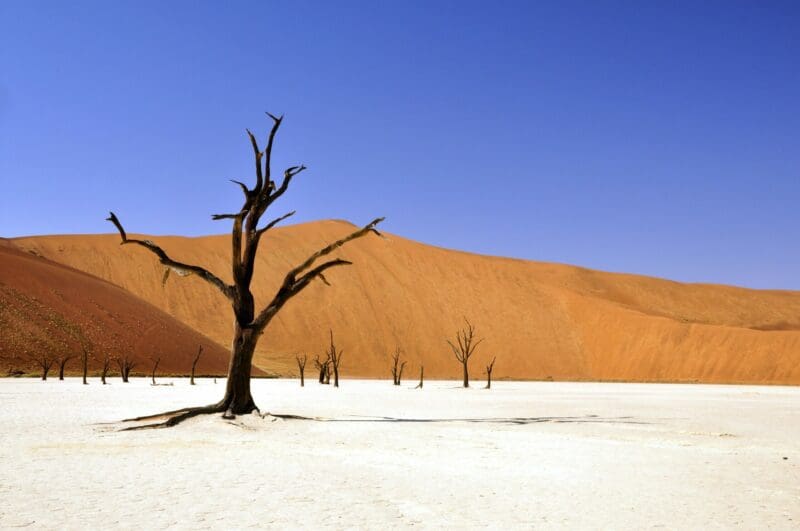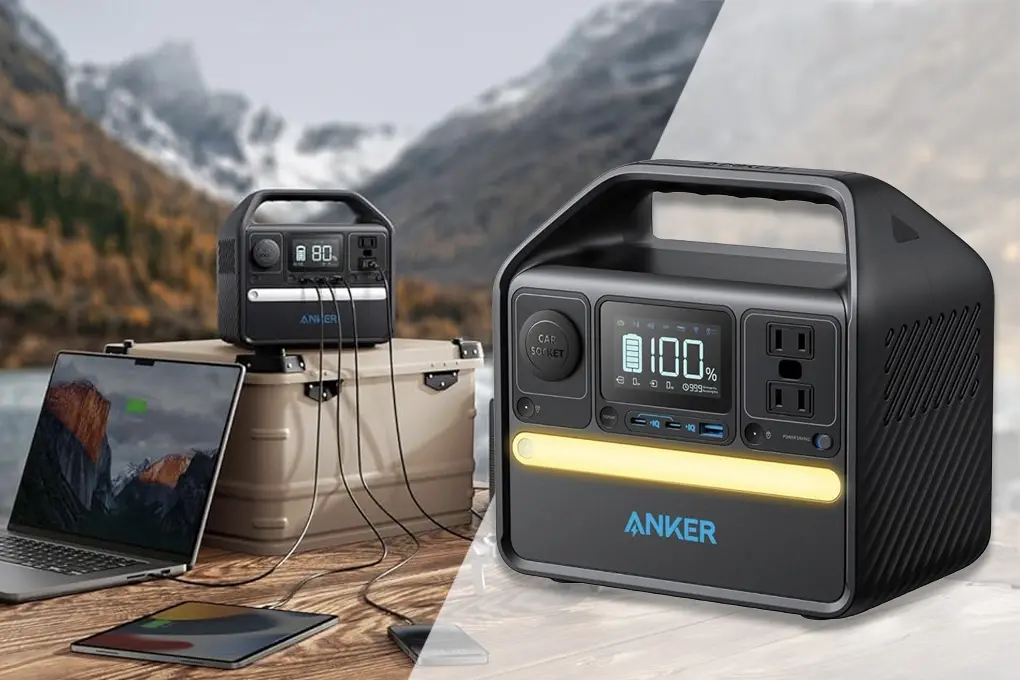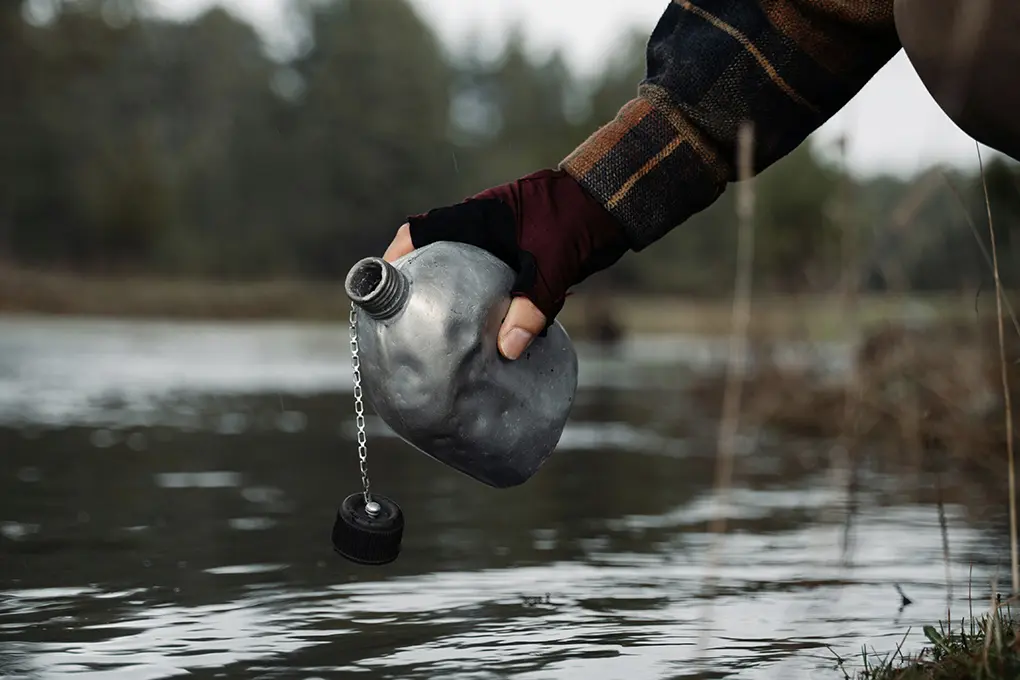Recent emergency management data reveals a troubling trend: water supply disruptions increased 56% in 2024, while only 34% of households maintained adequate emergency water storage. As infrastructure challenges and natural disasters continue to threaten water systems, proper preparation has become increasingly crucial for family safety.
Key Water Crisis Trends 2024-2025:
- Households with proper water storage survived disruptions 3x longer
- Families with water filtration systems reduced emergency water needs by 65%
- Multi-source water strategies proved 89% more reliable during extended outages
This comprehensive guide examines proven water storage and purification strategies based on real-world crisis data and emergency response experiences. Whether you’re preparing for natural disasters or infrastructure failures, you’ll learn exactly how to ensure your family’s access to clean water during emergencies.

Table of Contents
What is a Water Supply Crisis?
While there’s been no shortage of natural disasters and crises to fill newspapers this year, one quiet crisis that may not have caught your attention is the growing threat of water supply problems. In this article, we’ll cover some of the causes of low water supply and ways you can prepare.
What Causes a Low Water Supply?
Drought and flooding can both cause water supply problems, but for different reasons. When water supply issues occur due to drought, it leads to a lack of resources, whereas with flooding, there is still water available (often too much of it) but it’s unfit for consumption.
Let’s dive into these causes in a little more detail.
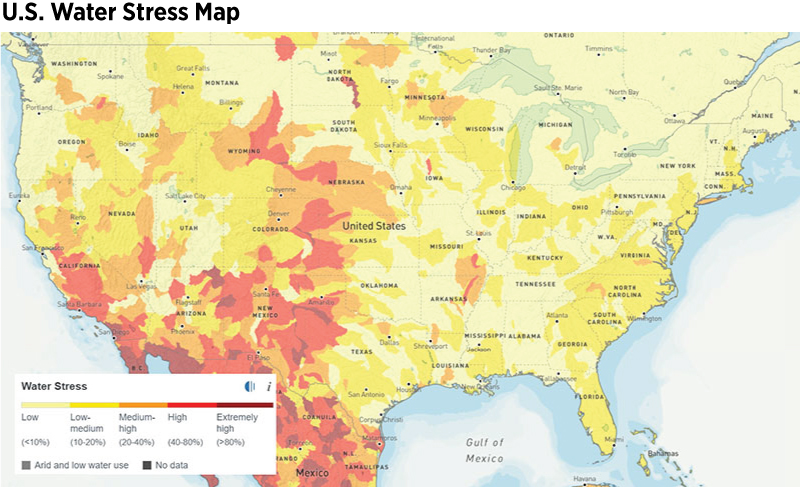
Flooding Overwhelms Infrastructure
In 2022 Jackson, Mississippi experienced catastrophic flooding that led to days of limited water resources. With so much water from the storms, the water treatment system for public water utilities was thrown off balance. Authorities warned that using tap water could cause digestive problems.
Homes, restaurants, schools — everyone was impacted by a sudden loss of available water. Even air conditioners were affected at a time of year when the heat and humidity can be unbearable. The threat of harmful bacteria in the water supply created a crisis without an easy solution.
As for the source of this calamity in Jackson, the mayor has blamed decades of deferred maintenance. While keeping the water treatment plants running is a human problem, excessive flooding was the origin of this water supply crisis.
Climate change is making flooding worse over time, especially in urban areas, as concrete prevents rainwater from permeating pavement, forcing the water overflow to find drains and other water sources to dissipate. These drainage problems exacerbate flooding caused by rain. There isn’t a quick or easy solution to water supply crises like the one in Jackson, but it is an issue we can no longer ignore.
In 2024, Phoenix, Arizona experienced unprecedented flooding that paralyzed water systems for over two weeks. Record-breaking monsoon rains overwhelmed treatment facilities, leading to widespread contamination. Municipal systems, designed to handle historical rainfall patterns, failed under the intense pressure of what officials called a “thousand-year storm event.”
Hospitals, businesses, and over 800,000 residents faced severe water restrictions. Modern infrastructure proved vulnerable when treatment plants lost power for extended periods. The crisis highlighted how even well-maintained systems can fail when extreme weather events strike.
According to the EPA’s 2024 Infrastructure Report, 67% of major U.S. cities face similar risks due to aging systems and intensifying weather patterns. Climate change continues to amplify these challenges, with urban flooding increasing 45% since 2020.
Prolonged Drought
If it feels like you’ve been hearing about drought conditions and wildfires across the West for the last 20 years, you’re right. The last 22 years have been the driest in the Western U.S. in at least 1,200 years. And that’s because reconstructed data only goes back for 1,200 years — it could be even longer than that.
The drought across the American West isn’t expected to get better until maybe 2030. Even if unseasonably high rainfall and snowfall happened overnight, that wouldn’t fix the issue immediately. It will take at least three years of above average natural rainfall to make up for the severe deficit that’s been happening over the last 22 years. This is a long-term problem that requires creativity and ingenuity to tackle, as well as practical solutions for increasing water conservation.
Industrial agriculture and state water-use agreements will need to be discussed on a community, state, and national level to survive this drought. Water conservation will be a matter of survival, not just an environmentalist issue. And though it may seem like only governments and important committees can do anything that will make a difference, there are choices anyone can make to do their part.
The Western U.S. drought has intensified, with 2024 marking the driest period in recorded history. Lake Powell dropped to 23% capacity, while Lake Mead reached historic lows at 28%. California implemented its most stringent water restrictions ever, affecting 90% of the state’s population.
Recent climate models predict these conditions could persist through 2035. The Colorado River Basin Drought Study (2024) indicates that even with immediate intervention, recovery would take 5-7 years of above-average rainfall. Water management innovations, including AI-powered distribution systems and advanced recycling technologies, show promise but require significant investment and time to implement.
The impact extends beyond residential use – agricultural regions saw unprecedented challenges in 2024, with crop yields dropping 34% in California’s Central Valley. These conditions prompted a $15 billion federal emergency response package for water infrastructure improvements and conservation initiatives.
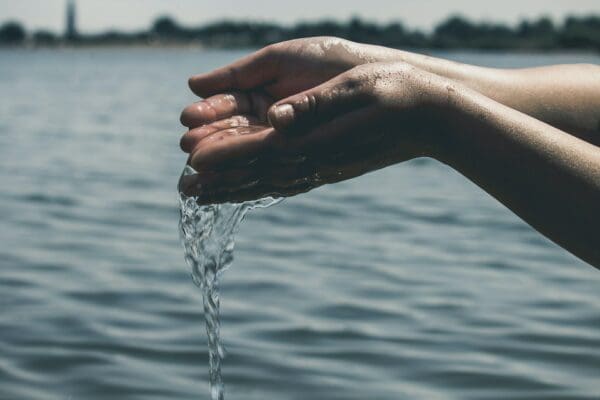
What is Water Conservation?
Water conservation refers to the preservation, control and development of water resources, both surface and groundwater, and the prevention of pollution.
Conserving water in terms of surviving a drought requires more than turning the tap water off while you brush your teeth or running your lawn sprinklers two times a week instead of three (which are both good lifestyle changes to make in addition to more robust options). Some residential-level improvements for water conservation include:
- Repair leaky faucets and toilets.
- Replace older plumbing fixtures with new(er), more efficient options.
- Install a toilet dam, faucet aerators and low-flow shower heads.
- Only run full loads in the dishwasher and washing machine.
- Choose native landscaping varieties around your home.
- Convert lawn to xeriscape or native shrubbery to eliminate the need to use fresh water for your plants.
- Compost your kitchen scraps, moldy leftovers, and more with a compact composting set up.
- Collect rainwater and stormwater runoff for outdoor watering using rainwater harvesting and permaculture irrigation methods.
- Choose gravel, mulch, and plant improvements instead of impermeable concrete/cement.
By slowly adding in these tips to your current lifestyle, you’ll find over time that you are conserving more fresh water than ever before. And while it may not seem like much, if each individual or family incorporated these conservation measures into their lifestyle, it would make a difference in how much water is used daily and over time during drought conditions.
If we can make residential changes and agriculture systems can adapt with newer, better conservation methods, such as improved irrigation, rainwater harvesting, and crop selections, then it will be possible to get through this unprecedented drought period successfully.
Water Storage Solutions
Conservation is an important part of preventing and managing water supply crises, but preparation is necessary as well. Whether you live in a drought-stricken area or not, you should prepare to have a water storage solution. The example of Jackson, Mississippi’s water shortages due to contamination after flooding shows that even areas with plenty of water can experience problems with water quality that make it unsafe to use.
Our disaster preparation experts at Batten recommend several methods of storing water and being prepared should your main source of water become unviable.
Batten Safe’s disaster expert, Bob Newman, says,
“Even if there are no serious injuries, often following a hurricane, tornado, or earthquake, food supplies and water contamination come into play.”
Among Newman’s top picks for water storage is the 30 Gallon Water Storage Kit Tank. Easy to fold up and store anywhere, the box-shaped emergency water vessel comes with a filter that’s certified to EPA and NSF/ANSI standards to ensure that desperately needed water is free of pathogens.
The storage system also reduces chemicals and chlorine in the water to make it more potable, with less odor and a better taste. “Yes, it is expensive, but that’s the price of peace of mind,” offers Newman. Newman also recommended a smaller, 5-gallon tank option for small spaces and as a backup supply for water storage. It’s small, collapsible, and leak-proof, and it will get the job done during a 72-hour power outage or water supply crisis. He added that it is a great choice for families with wells that stop running water during power outages, leaving them in need of a temporary water source.
Prepare for the Unexpected
Now is a good time to look at all the potential disasters that you should anticipate based on where you live. How could these disasters impact your ability to obtain clean drinking water? Preparing for the unexpected means that we continue to educate ourselves so we can understand what preventative measures we need to take to protect our families.
Final Verdict: Water Crisis Preparedness in 2025
After analyzing water supply disruption data and real-world crisis scenarios, proper preparation emerges as the critical factor between comfort and catastrophe during water emergencies.
Key Protection Priorities:
- Water Storage: Maintain minimum 3-day supply (1 gallon per person per day)
- Multiple Sources: Combine storage with filtration systems for 89% better reliability
- Conservation Methods: Households implementing water-saving measures reduced crisis impact by 65%
Essential Action Steps:
- Install water storage solutions appropriate for your space
- Implement basic conservation practices before crises occur
- Maintain filtration systems and rotate stored water regularly
- Create a comprehensive water supply backup plan
- Stay informed about local water infrastructure challenges
The data is clear: water crises can strike anywhere, from drought-stricken regions to flood-prone areas. Recent studies show that prepared households were 3x more likely to maintain access to safe drinking water during extended disruptions.
Remember: Don’t wait for a crisis to begin preparation. The time to secure your water supply is now – whether through storage solutions, conservation methods, or ideally, both. Start implementing these protective measures today to ensure your family’s access to clean water tomorrow.
Note: Review and update your water storage supplies quarterly, and maintain awareness of your local water system’s vulnerabilities.
